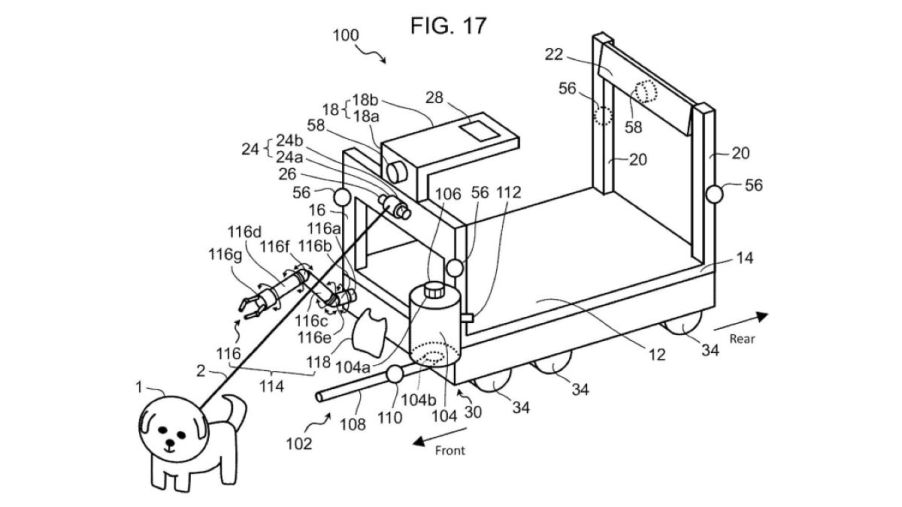
Toyota’s New Dog-Walking Robot Sounds Like a Nightmare
The world of autonomous vehicles and robots has finally gone too far. And no, not because there are plenty of examples of driverless crashes or because there’s some evidence that self-driving cars are doing more harm than good so far. It’s gone too far because now, it’s trying to come for dogs.
Nobody comes for dogs without the absolute finest offerings available. And this doesn’t seem like it.
Toyota is trying to make a robot that can walk your dog

In theory, Toyota’s autonomous robot dog has a lot of cool features. If the dog pees, an automatic sprayer will wash away the urine. (It seems like Toyota made this robot for cities, where your pet will likely be relieving itself on concrete or pavement.) Should the dog need to go number two, a collection device will clean it up.
Sensors prevent the dog from getting run over by the robot, and the robot will only move forward if the dog isn’t pulling on the leash. Sounds great, right?
However, there’s no discussion of what the robot will do if it and the dog end up on different sides of a light pole or a mailbox. Or, how it will handle an excited toddler sprinting at your dog screaming, “DOGGY!” Or, how it will navigate the complicated social dynamics of one dog who wants to say hello and one who very much does not.
There are already questions of who’s at fault if an autonomous car crashes—what if a passerby claims that your dog bit them while on the walk, but you weren’t there to see it? The legal implications of this robot get sticky very quickly.
Most Americans don’t think self-driving cars are safe because the technology is still so new and so untested. Test drivers for Tesla—the maker of some of the best autonomous vehicle tech—say that full self-driving mode is dangerous. Why would a dog-walking robot be different without a major advancement in technology?
Robot-led walks could lead to a massive spike in dog theft

The very thought of someone stealing their pet is horrifying to most pet owners. There’s nothing I can think of that would prevent a thief from simply unclipping your dog from Toyota’s dog-walking robot and leading it away. Unless Toyota will include some sort of ultra-tough walking harness that connects with a combo lock, robot dog-walkers could likely lead to a huge spike in dog thefts.
Sure, you can buy cool dog-tracker collars and apps that let you know it happened. But, but those tools only work as long as the dog is wearing them. It would be easy for a thief to simply remove the tracker and disappear with your dog.
Now, if Toyota’s autonomous robot had a doggy defense action sequence, I might be more interested.
Toyota’s autonomous robot as an accessibility tool?

It seems like Toyota designed this autonomous robot to walk a dog entirely on its own, with no human intervention. That, I don’t like much at all. However, I might be interested in the robot as an accessibility tool.
Just as there are levels of self-driving cars, maybe there could be levels of robot independence. Dog owners with disabilities may be able to benefit from autonomous assistance when walking their pet.
If they had a tool that could manage the leash and clean up waste, owners could potentially have more opportunities to enjoy a nice, peaceful walk with their pup.
The Toyota Dog Walker patent likely won’t go anywhere
This seems like one of those ideas that a company patented just to have it. Or, there’s some subtle form of automotive technology hidden in this patent that isn’t ready for its own patent, but Toyota wants to make sure that they have historical context for ownership. Motor1 points out that there’s no guarantee that Toyota will do anything with the robot idea.
As we move further and faster into a future of all-electric cars, we’re more likely to see continuing development of autonomous vehicles and robots.
As the owner of three dogs who need a lot of walks, this dog-walking robot seems like a complete and utter nightmare.


